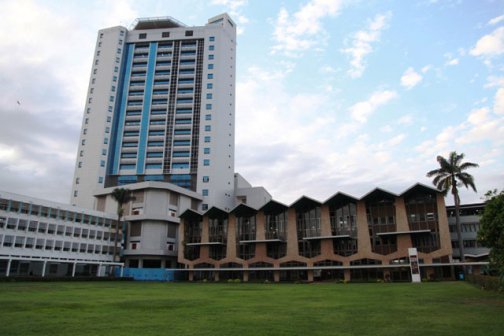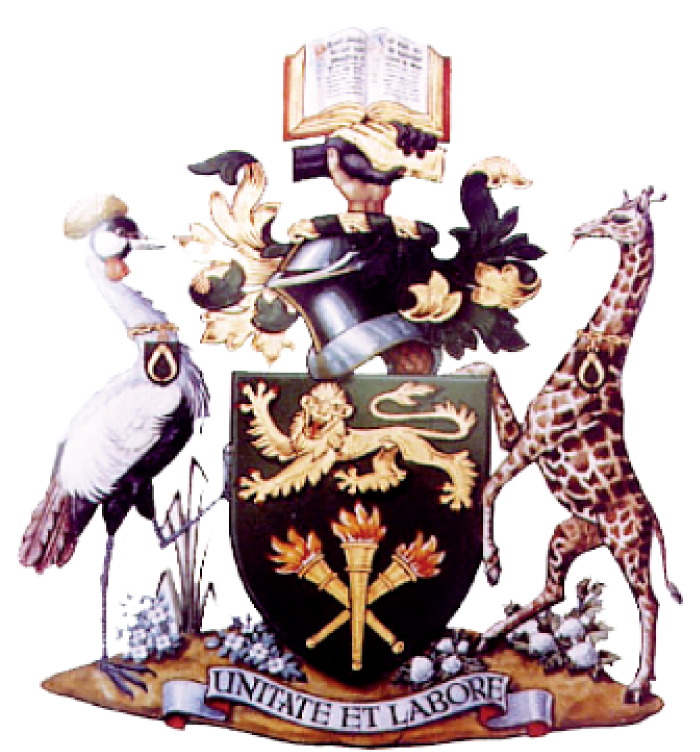
University of Nairobi
FOB Price:US$ 1.00 / Piece(s)
MOQ:1 Piece(s)
Payment Method : Others
Keywords:University of Nairobi Univeristy Nairobi
Products of the same category


